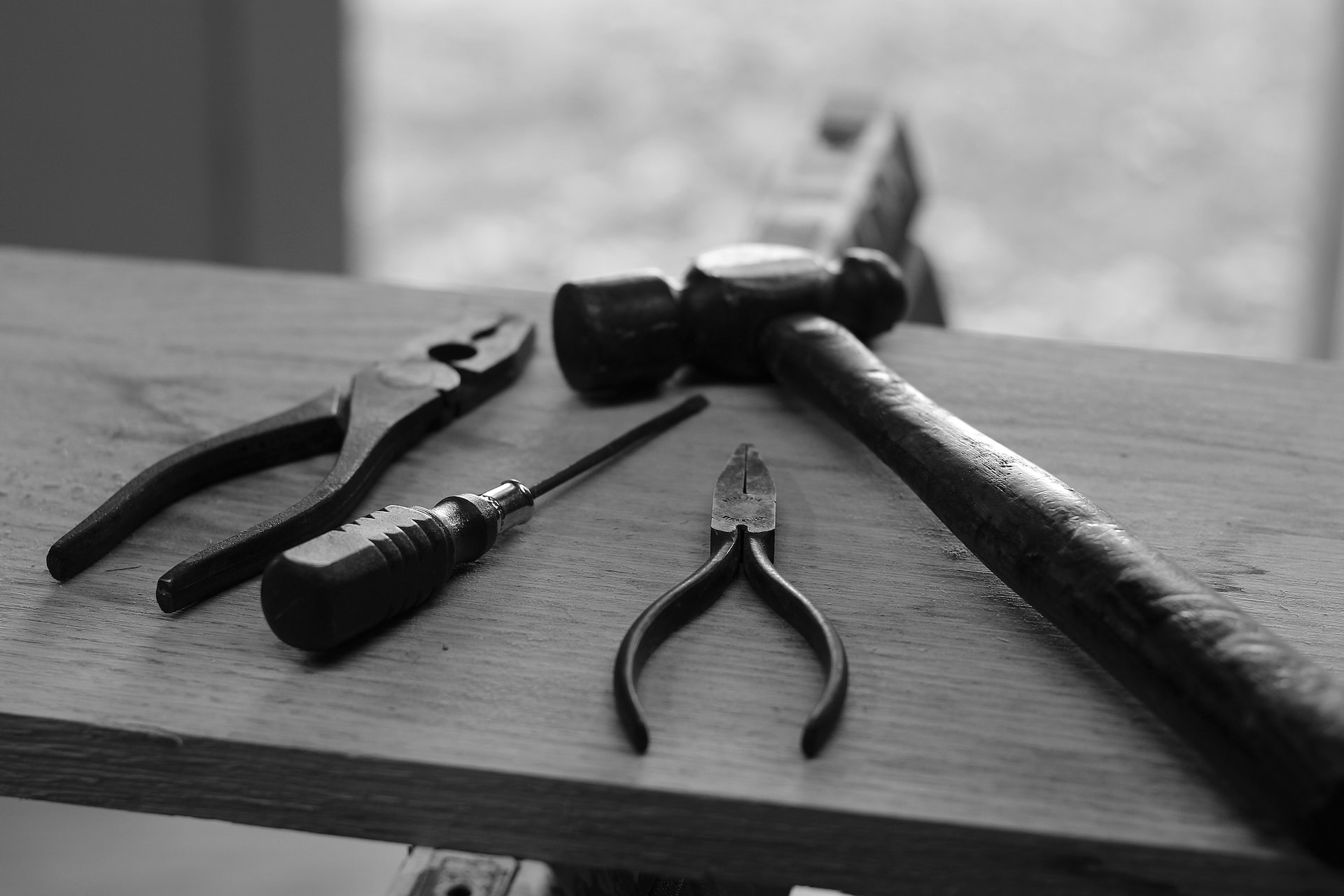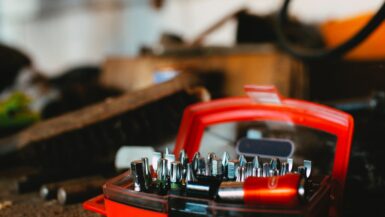Mountain biking is a prevalent outdoor activity that allows riders to explore nature while getting an incredible workout. While mountain biking is an enjoyable experience, it also requires that riders take steps to maintain their bikes and properly remain safe on the trails. In this article, we’ll look at the basics of mountain bike maintenance and how you can keep your bike running smoothly for years to come.
Bike Inspection
Mountain biking is an exhilarating and rewarding sport, but it has its own unique safety concerns. To stay safe and get the most out of your ride, you must regularly inspect your mountain bike and make sure it is functioning correctly. A few minutes of inspection can save you a lot of time and money in the long run.
Components to Check
Several components and systems need to be checked when inspecting your mountain bike. Start by checking the frame, ensuring no cracks or signs of damage could lead to a costly repair down the line. You’ll also want to check the bearing assemblies, ensuring they are properly greased and adjusted.
Next, examine the brakes and shifters. Ensure all the cables and housings are in good condition, and check the brake pads for wear. Also, check the suspension, ensuring that the shock absorbers are in good condition and that the rebound dampening is set correctly.
Tire and Wheel Inspection
A thorough inspection of your mountain bike should also include inspecting the tires and wheels. Check your tires for any wear or damage, and ensure the tread is in good condition. Pay special attention to the inner walls of the tire, looking for any cracks or bulges that might indicate a potential problem.
Also, take some time to check the wheels for any signs of damage or bent spokes. Make sure the hubs are spinning freely and adjust them, if necessary. Finally, take a quick look at the wheel rims to ensure that all the spoke nipples are tight, and inflate the tires to the appropriate pressure.
Maintenance Tips
Inspecting your mountain bike is only the first step in keeping it in good condition. Regular maintenance is also vital to ensure a safe and smooth ride. Make sure to clean and lubricate your drivetrain regularly to reduce wear and maintain optimal performance. Additionally, inspect the chain for any signs of wear and replace it if necessary.
You should also pay attention to the frame, inspecting it for any signs of corrosion or damage. Check the cables and housings for any signs of fraying or deterioration. And, if you find that any of the components are not functioning normally, replacing them sooner rather than later is better.
By inspecting and maintaining your mountain bike regularly, you can make sure that you get the most out of your riding experience. A few minutes of work can prevent more significant problems and save you time and money in the long run.
Tyre Pressure
Tire pressure is a crucial factor in mountain bike maintenance and performance. The tires are the only contact points of the bike with the ground, and therefore they must be at the correct pressure for the terrain you are riding on. Too much or too little air in the tires will affect the bike’s stability and traction and can cause unnecessary damage to the rims and tires.
To ensure your tires are at the proper pressure, have a reliable bike pump and pressure gauge. Before each ride, check the tire pressure and adjust as needed. For mountain biking, a typical tire pressure range is between 25-40 psi but can vary depending on the tire size, type, and rider weight.
When using a bike pump, consider the valve type your tires require. Presta valves are typically found on higher-end bikes, while Schrader valves are found on most lower-end bicycles. Ensure the pump tip fits the valve before pumping, as the wrong type of pump can damage the valve and make it unusable.
For tubeless tires, a tire sealant is also necessary. After mounting the tires, add the bond and inflate to the required pressure. Tire sealant helps to seal small punctures and prevent flat tires. It is also recommended to check and top up the sealant every 6-8 weeks.
Inspecting and Adjusting Tire Tread
The tire tread is essential for the bike’s off-road performance and traction. To inspect the tracks, use a ruler or your fingers to feel the grooves and knobs. Bald patches or excessive wear in certain areas may indicate the need for a new tire.
If the tires still have good tread but require some adjustments, they can adjust the tread direction by rotating them. On most tires, the tread depth is greater on one side, so moving the tire around is essential so that the more aggressive side of the tread is pointed in the right direction.
When adjusting the tread depth, it is essential to remember that the more aggressive tread is typically used for the rear wheel, while the smoother side is used on the front wheel. This helps to keep the bike stable and provides better traction for accelerating and braking.
Ensuring Adequate Tire Clearance
Tire clearance is another essential factor for mountain bike maintenance. Too little clearance can cause the tires to rub against the frame or fork, which can cause damage to the bike and affect its performance.
To check for adequate tire clearance, move the bike around and watch for any contact between the tire and the frame or fork. You may need to adjust the suspension or change the wheel size to ensure sufficient clearance.
It is also essential to check that the tires have enough space to move without interference. With suspension forks, it is necessary to ensure that the tire does not contact the fork when it is compressed. If the tire touches the fork, the wheel may need to be adjusted or replaced to ensure adequate space.
Drivetrain Maintenance
When it comes to mountain bike maintenance, caring for the drivetrain is essential. The drivetrain is the system of components used to transmit the power from your legs to the rear wheel of your bike, such as the chain, cassette, crankset, derailleurs, and chainrings. A well-maintained drivetrain allows you to ride efficiently and safely, so it is crucial to ensure every component is regularly serviced and cleaned.
Chain Cleaning and Lubrication
Regularly cleaning and lubricating your chain is one of the most important aspects of maintaining your mountain bike’s drivetrain. After each ride:
- Use a chain-cleaning brush or degreaser to remove dirt and grime from the chain. Once the chain is clean, you can apply a lubricant to it.
- Use a lube designed for bike chains specifically, as this will provide the best protection for your chain.
- Apply the lubricant to the chain links, covering the outside of each link and the pins connecting them.
- Wipe away any excess lube with a rag, ensuring the chain is not too wet.
Caring for Other Drivetrain Components
In addition to the chain, it is vital to regularly check the condition of your other drivetrain components, such as the cassette, derailleurs, and crankset. After each ride, check the condition of your derailleurs, ensuring they are properly aligned and functioning correctly. If they seem loose or out of alignment, adjust them. Additionally, inspect your cassette and chainrings for any wear and tear, as these components can become worn down over time, resulting in an inefficient and unsafe drivetrain.
Replacing Worn Out Parts
If any drivetrain components are worn out or damaged, they must be replaced as soon as possible. Please inspect the condition of the chain frequently, replacing it when the pins start to wear down, causing stiff links or a ragged appearance. If your chainrings, cassette, or derailleurs are damaged, replace them as soon as possible for a smooth and efficient ride.
Regular Inspection and Maintenance
Regularly cleaning and lubricating your chain and inspecting and replacing any worn or damaged components will go a long way in maintaining your mountain bike’s drivetrain and keeping you riding safely and efficiently. Check your drivetrain components after each ride and make repairs or replacements when necessary.
Brake Maintenance
Mountain bike brakes are a critical component of the bike and must be checked regularly to ensure that they perform correctly. The steps below will help you understand how to check the performance of your bike brakes.
Inspect the Brake Pads
The first step to check your mountain bike brakes is to inspect the brake pads. The best way to check this is to examine the pads while in the caliper. Ensure the pads are in good shape and have good friction material remaining on them. If the pads are worn too thin, they won’t be able to provide enough friction to be effective.
Check Brake Lever Adjustment
After inspecting the brake pads, the next step is to check the brake lever adjustment. This is important to ensure that the brakes are tight, not too close and that the lever is easy to use. To do this, check the distance between the lever and the handlebar. There should be a minimum of two fingers’ gap between the lever and the handlebar.
Clean and Lubricate the Cables
The next step in brake maintenance is to clean and lubricate the brake cables. This is important as it helps ensure the brake cables operate correctly. First, remove the cable from the housing and clean it thoroughly with a rag or cloth. Once the line is clean, lightly lubricate it with a dry, anti-corrosive lube. This will help ensure the cable is working correctly and provide smooth brake performance.
Check for Misalignment
The final step in brake maintenance is to check for any misalignment of the brakes. To do this, check that the brake pads are aligned correctly with the rim and that the caliper is not bent. Additionally, check the bolts that secure the brake pads to the edge for tightness. If all these components are aligned correctly, your brakes should function properly.
These steps will help ensure that your mountain bike brakes are working correctly. To keep your brakes in good condition, perform regular inspections, check the pads, and clean and lubricate the cables. These steps will help keep your brakes in peak condition and ensure safety when riding.
Suspension Service
When it comes to mountain biking, suspension components are critical. Keeping your suspension serviceable and in good working order can significantly affect how your ride feels and performs. As part of the basic mountain bike maintenance, you should service your suspension components regularly or as needed.
Checking Bushings and Seals
Your suspension components have bushings, seals, and other moving parts that can wear out over time. Inspect these components for wear and tear, cracks, and further damage from riding. If you find any damaged parts, it’s time to replace them.
Cleaning and Lubricating the Moving Parts
Keeping your suspension clean and in top condition is essential for the best performance. First, use a degreaser to safely remove all the dirt and grime from the suspension components. Then use a light lube to lubricate the moving parts. This will help keep the suspension running smoothly.
Replacing Parts as Needed
As mentioned before, parts of your suspension can wear down over time. If you notice that your suspension is not performing correctly, it’s likely time to replace some parts. Shock seals, bushings, and springs are all parts that can wear down over time and cause your suspension to become less effective.
Servicing Your Suspension Regularly
It’s important to note that regular service can help improve the performance of your suspension. When servicing your suspension, it’s best to have a professional bike mechanic do the work. This can help ensure that your suspension components are correctly serviced and in top working order.
Cleaning and Lubrication
Mountain biking can be a great way to explore the outdoors, but all the mud, dirt, and dust can wreak havoc on your bike. That’s why cleaning your bike, and all its components after every ride are essential. Make sure to take the time to hose down your bike or wipe it down with a cloth and soap. Pay special attention to the chain, brakes, and derailleur, as these components accumulate the most grime.
Inspecting Parts
Another great way to keep your bike running in its best condition is to inspect certain parts and components before and after each ride. This can help you spot issues before they become a problem. For example, give your tires, chain, and brakes a good visual inspection to ensure they’re functioning. If you notice any wear or damage, you can either repair or replace the part ahead of time.
Lubrication of Components
Lubrication of bike components is essential to keeping your bike running smoothly. At least once a month, lubricate your chain and the pivots of your derailleur, brake, and suspension. You should also periodically lubricate your bike’s cables to avoid rusting and keep them operating smoothly. Make sure to use a bike-specific lubricant and follow the directions for application.
Regular Maintenance
Regular mountain bike maintenance is the key to keeping your bike running in top condition. It may take a bit of time, but the effort is well worth it in the long run. Consider setting a regular schedule for cleaning and inspecting your bike, and you won’t regret it. You’ll be out on the trails for longer and be able to explore far and wide!
Maintaining your Mountain Bike is an Investment
Mountain bike maintenance is an integral part of owning a bike. A well-maintained bike will last longer, perform better, and minimize the risk of unexpected breakdowns. By understanding the basics of bike maintenance, you will be able to ensure your bike is in its best condition and ready to ride at a moment’s notice. Understanding what types of components are on your bike and how to keep them running in top working order is essential. From brake pads to suspension components, understanding how to maintain and inspect them regularly will help keep your bike in top condition. Mountain bike maintenance may seem a bit overwhelming, but following these steps will ensure that your bike runs optimally and will be an excellent investment for years to come.






Leave a reply